Of course we can arrest our way out of crime
Living with crime is a choice we make because we are reluctant to incarcerate criminals
Tanks are rolling in the streets of DC and media reactions are exactly what you would expect. There’s only been one real outlier: Mayor Bowser herself, a Democrat insider if there ever was one, said on camera that she was “grateful” for the federal help in restoring public order, calling out the 87% reduction in car-jackings since National Guard deployment. Consider for a moment how bad the crime problem must have been, and how popular an 87% reduction is among residents, for a figure like Bowser to even acknowledge it, let alone faintly praise Donald Trump for his help.
Of course, speaking up this way, even if just to bolster her own re-election chances, did not win her any friends among fellow DC progressives. She committed a major act of heresy which they were swift to punish.
The backlash to Bowser echoes the dogma from before the surge began, namely that crime is impervious to the effect of removing criminals from society. In the words of AG Brian Schwalb, “we can’t arrest our way out of crime.”
We as a city and a community need to be much more focused on prevention and surrounding young people and their families with resources if we want to be safer in the long run. We cannot prosecute and arrest our way out of it.
For roughly the last 60 years, this has been the common refrain from all right-thinking people. Removing criminals from society is not only cruel but useless. To truly reduce crime, we must address the root causes of crime, typically poverty or other inequality. To prevent crime, simply create a society in which there is no need for anyone to commit a crime, and then there will be no need for prisons or police. It’s a beautiful fairy tale that has captured the imagination of the left since the sixties and still dominates the discussion of criminal justice today. The only trouble is that it’s not true. The way to reduce crime is to remove criminals from society.
The US lost its appetite for removing criminals during the serial social revolutions of the sixties, and the result was a decades-long crime wave that only abated in early 90s, when mass incarceration picked up again.
Murder is a useful metric because it is among the only crime statistics that can’t be easily fudged. Stolen property and assault often goes unreported, but a body is a body. The murder rate is therefore a decent proxy for overall violent crime, despite the fact that most murders are a single-time event. This is because the kind of person that eventually goes on to kill someone is violent and antisocial throughout their lives, committing very many less serious crimes before eventually being put away for murder.
Like many natural phenomena, the number of crimes committed by an individual follows a power law distribution, with a tiny number of people committing a vastly disproportionate number of crimes. 1% of the population accounts for 63% of violent crime convictions. If we look at arrests among people who eventually serve prison time, the pattern is even clearer. Individuals with 3 or more prior arrests constitute 80% of state prison admissions. In other words, keeping those individuals behind bars could eliminate 80% of crime.
This insight isn’t new, and in fact was the origin of the 3-strikes laws passed by many states during the peak of violent crime in the 90s, as well as the aggressive minimum sentencing laws that prevented judges from taking mercy on career criminals because of their circumstances. These policies worked, and directly preceded the dramatic reduction in violent crime rates since the 90s. America locked up many more criminals, for longer sentences, and the crime rate collapsed. Removing criminals from society, keeping them behind bars for a substantial part of their lives, prevented them from committing more crimes.
But, like the mental patient who stops taking his pills because he feels fine, after a few decades of lower crime the right-thinking segment of society began to take the new status quo for granted, forgetting how we achieved it. Rather than treating crime itself as a moral stain to be expunged, they began to see the punishment of crime, specifically long-term incarceration, as the true offense. They began to view the victims of incarceration, rather than the victims of crime, as the morally worthy cause. The fact that incarceration patterns showed clear racial biases in the usual direction made the case for decarceration more urgent, and many blue states began overhauling their criminal code to reduce the number of people in prison. For instance, California passed Proposition 47 in 2014 with broad support, with almost 60% of voters supporting the measure to reduce most property and drug crimes to misdemeanors.
At the same time, following a philosophical tradition dating back to at least the revolutions of the sixties, the same states and neon-blue municipalities were electing judges and district attorneys who flatly refused to prosecute all but the most egregious crimes. The most notable example is San Francisco DA Chesa Boudin, whose life story reads like a parody of an Ayn Rand villain.
Boudin was born in New York City to Jewish parents, Kathy Boudin and David Gilbert. Boudin and Gilbert were Weather Underground members who, when Boudin was only 14 months old, were both arrested and later convicted of murder for their participation in the 1981 Brink's robbery in Rockland County, New York. His mother was sentenced to 20 years to life, and his father to 75 years to life, both for the felony murders of two police officers and a security guard.
After his parents were incarcerated, Boudin was adopted and raised in Hyde Park, Chicago, by fellow Weather Underground members Bill Ayers and Bernardine Dohrn. Boudin reports that he did not learn to read until age nine. Kathy Boudin was released under parole supervision in 2003, when Boudin was 23 years old. Gilbert was released in 2021.
Boudin descends from a long left-wing lineage. His great-grand-uncle, Louis B. Boudin, was a Marxist theoretician and author of a two-volume history of the Supreme Court's influence on American government, and his grandfather Leonard Boudin was an attorney who represented controversial clients, such as Fidel Castro and Paul Robeson.
How did the son of convicted leftist terrorists, adopted and raised by other members of the same terrorist organization and himself an avowed Marxist, become elected DA of one of America’s most important cities? Critics commonly point to money from George Soros, who indeed has donated liberally to electing pro-crime DAs in cities across America. But personally I blame the voters of San Francisco, who liked what Boudin had to say about the “root causes of crime” and “over-incarceration” being the primary moral concerns of criminal justice. To their credit, the same voters soon realized that the nice-sounding rhetoric led to disastrous outcomes, and Boudin was recalled two years after assuming office (the last straw was a serial offender repeatedly arrested and released by Boudin’s office hitting and killing a pedestrian in a stolen car).
But isn’t this a lot of noise about nothing? Isn’t crime historically low and getting better? Certainly if you look at official statistics this appears to be the case. And to be sure, the rate of violent crime remains low compared to the all-time highs of the early 90s (although police departments are under such pressure to report lower crime that their data has become inherently suspect). But that progress obscures a story of steadily increasing quality-of-life crimes that anyone inhabiting a city knows is the worst in their lifetimes: constant theft, public disorder, and low-level menacing and aggressive behavior that rarely results in a police report. We know such crime goes underreported, but we rarely get as perfect an illustration of this fact as when a single Target store in San Francisco single-handedly doubled the number of shop-lifting reports in the entire city.
What happened at this particular Target? Did the store see a huge spike in shoplifting in September? No, said store manager Stacy Abbott. The store was simply using a new reporting system implemented by the police that allows retailers to report crime incidents over the phone.
Taking a step back, looking at these numbers should discredit the entire record keeping system for this kind of crime. Does anyone in their right mind believe that in the entire city of San Francisco, there were under 300 shoplifting events per month in any month this decade?
The Targets certainly don’t, which is why their interiors now look like this.
Living with crime is a choice, one enabled by our reluctance to incarcerate criminals. Even granting maximum charity to the “root causes of crime” narrative, given what we know about recidivism and the existence of super-offenders, attempting to address a pet root cause is no excuse to not also remove current, active criminals from society, preferably for a very long time. Even if you believe that “root causes” will create new criminals over time, that doesn’t change our responsibility to remove existing criminals before they can victimize more innocents. To choose otherwise is to privilege criminals over their victims, and our overall social well-being.
The good news is that the well-meaning liberals who vote for these destructive policies and public officials seem to be coming to their senses, albeit slowly and in incremental fashion. After ten years of living with the disastrous effects of Prop 47, last year California voted for a partial repeal in Prop 36, which passed with an overwhelming 68% of the vote.
Allows felony charges for possessing certain drugs, including fentanyl, and for thefts under $950—both currently chargeable only as misdemeanors—with two prior drug or two prior theft convictions, as applicable. Defendants who plead guilty to felony drug possession and complete treatment can have charges dismissed.
Increases sentences for other specified drug and theft crimes.
Even California voters are rediscovering 3-strike policies, of a sort.
It’s a start. And armored personnel carriers on the mean streets of DC are a start as well, of another sort — substantially performative, only temporary, and totally insufficient to address the breakdown of public order, aided and abetted by judges and other public officials, for decades. But a start. The use of National Guard troops to patrol American cities should give Americans pause. The fact that public order has degenerated to such as extent that it seems at all justifiable to so many of us should give us pause as well. And well-meaning liberals should consider whether they want this to become a new normal, whether it’s time to clean their own houses before someone does it for them, in a manner they find abhorrent.

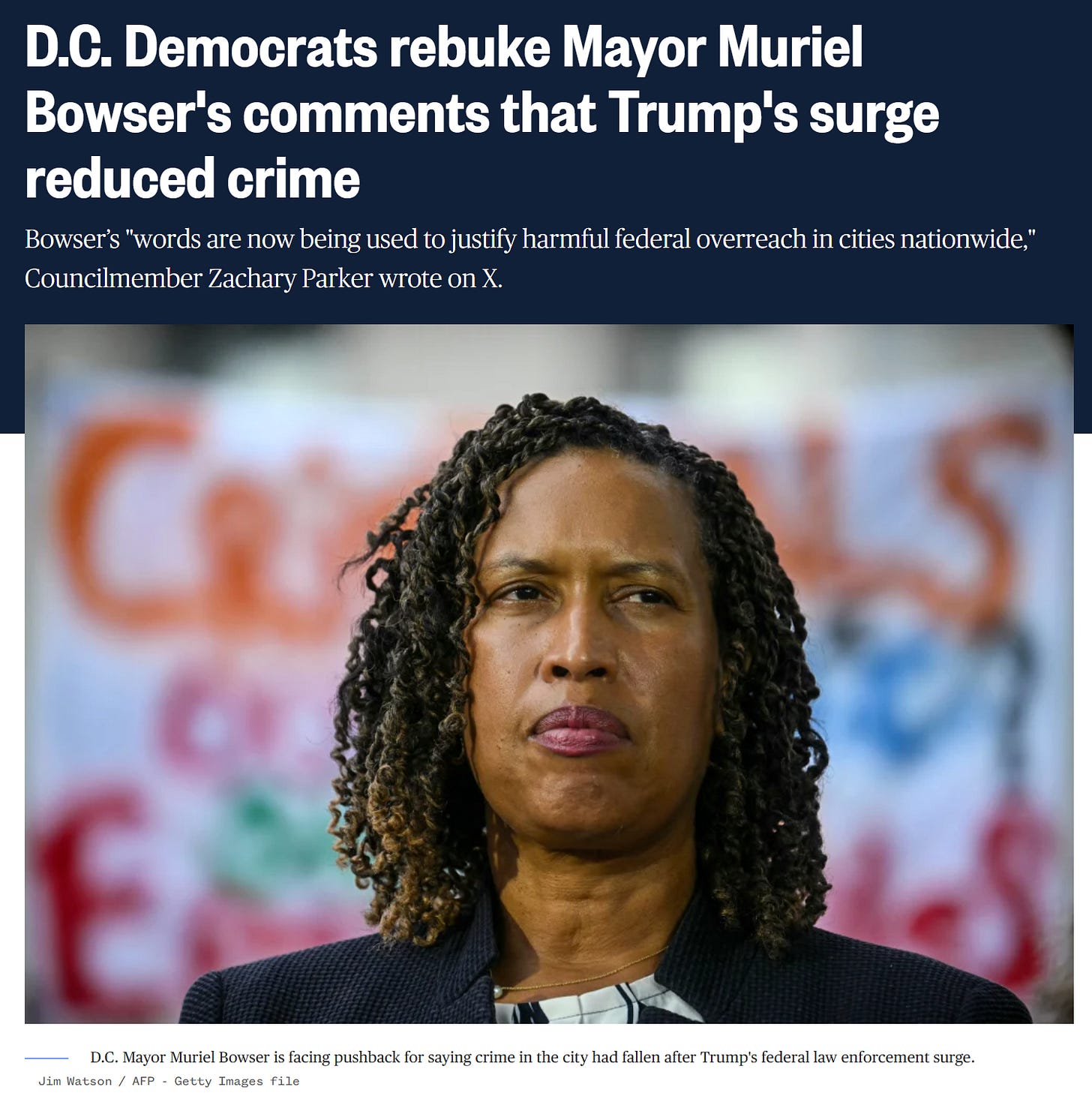

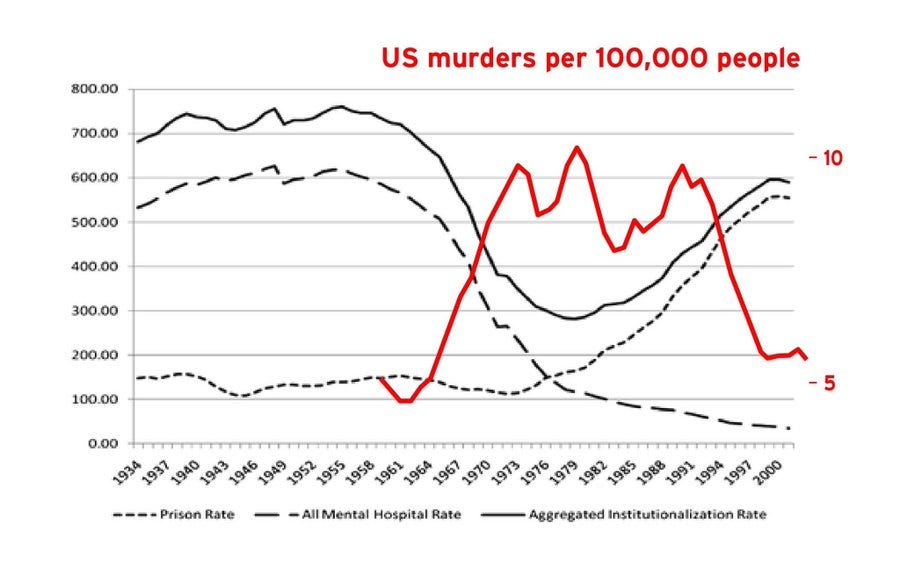
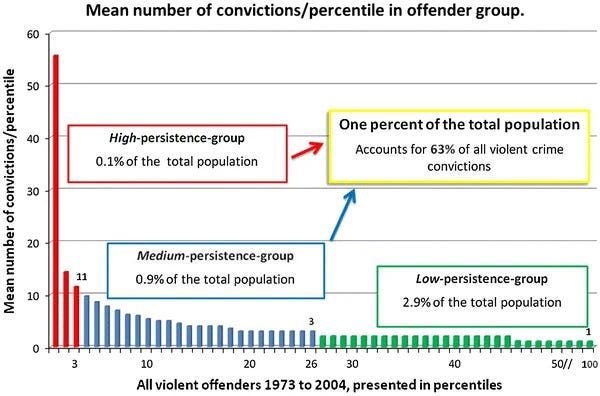


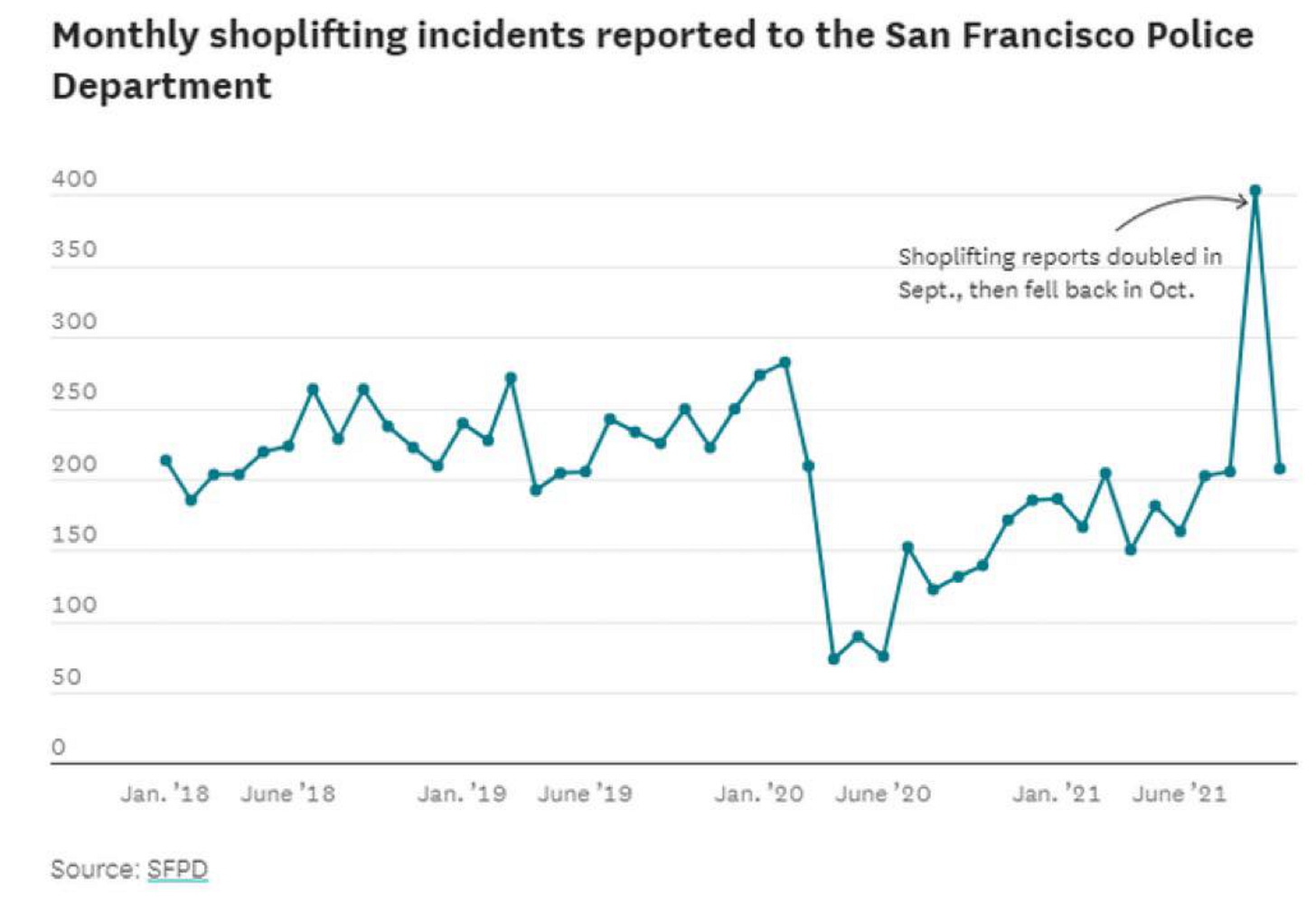
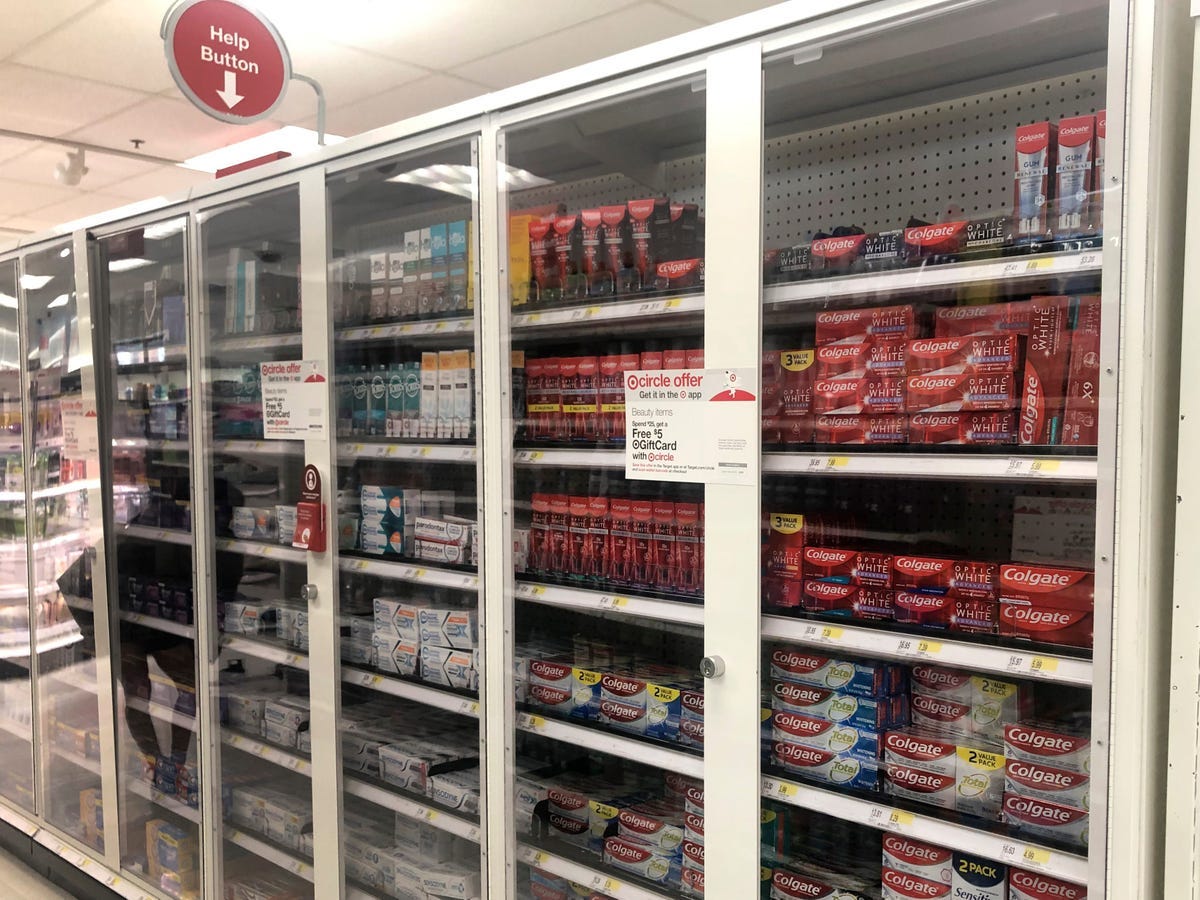
"I think prisons should be emptier."
"Oh, you're in favor of giving the underprivileged another chance"
"..."
"You're talking about second chances, right?"
Im in favor of more incarceration on the condition that we invest in prisons and criminal justice generally. No more tacit acceptance of rape/violence/drugs and, ideally, provide fast enough trials that we can eliminate or reduce the use of bail without holding people in jail for years before trial. I also don’t like the labor idea b/c it seems like it would encourage corruption without making a big dent in overall costs; labor is fine but there is plenty to do in the prison or in public works especially in rural areas where most prisons are located.